By all accounts, the person sitting across from me, chowing down on a mid-day brunch at Chew Chew’s restaurant in mid-town Toronto should not be on this planet today. On April 15th 2008 , Coney Hatch lead singer Carl Dixon was involved in a horrific head-on car crash near Melbourne Australia. It took rescue crews over 100 minutes to extract Dixon from the wreckage and although he was eventually flown to a Melbourne hospital, the prognosis did not look promising.
[quote]I suffered an eye injury, a broken arm, two broken femurs, spinal injuries, at one point doctors were telling me they might have to amputate my arm and one leg[/quote]“My sitting here today was highly improbable at the time. I suffered an eye injury, a broken arm, two broken femurs, spinal injuries, at one point doctors were telling me they might have to amputate my arm and one leg,” recalled Dixon. “I was in danger of being a blind, quadriplegic, amputee, vegetable! But they pieced me back together again and although I am still undergoing surgeries I am getting better.”
Dixon had taken a two-week sabbatical from his gig singing lead vocals for the reformed Guess Who and was visiting his 12-year old daughter Lauren and wife Betty in Australia where Lauren was starring in an Aussie TV show called The Saddle Club when the accident occurred.
“I was supposed to rejoin The Guess Who in Biloxi Mississippi but of course that never happened,” recounted Dixon. “Aside from me being messed up, I kind of messed up the band as well.
Although things were touch and go, Dixon bounced back from the accident, endured numerous surgeries but has now made a steady but slow recovery. On Wednesday May 1st, he takes his one-man music and inspirational speech show to Toronto’s Hugh’s Room and later this year he will take the stage again to front Coney Hatch in a series of festival dates that will climax with the release of the band’s first studio recording in 28 years.
“Motivational speaking is a growth industry,” noted Dixon. “It’s my path to the future. I combine some of my songs with a bit of an inspirational speech. I’ve done it before and it’s working out well for me.”
Dixon’s accident inadvertently paved the way for a Coney Hatch reunion. “(Coney Hatch guitarist) Andy Curran put on a benefit concert for me at The Phoenix, August 5th 2010 which reunited me with (bassist) Steve Shelski and (drummer) Dave Ketchum. I performed a few songs sitting down, but the word got out that Coney Hatch had reformed and the gig offers started coming.”

“We did one gig in Hamilton and then we got an offer to play the Firefest concert in Nottingham, England (October 23rd 2011). We were all a bit apprehensive about playing over there after all this time but we killed! The crowd went nuts,” enthused Dixon. “Following morning at breakfast, this German record guy came over and offered us a deal and finally we accepted an offer from an Italian label called Frontier Records. We had hoped to have a record finished by now but it’s taking a bit longer as every else has other jobs. Andy (Curran) is producing the record but he’s out right now working with Rush. Still we hope to have it out by September and from what I am hearing it will be a vintage Coney Hatch record.”
The Sault Ste Marie, Ontario native first came to prominence when he and band mates Curran, Shelski and Ketchum, were scouted by then-Anthem recording artist Kim Mitchell, looking for a project on the side to produce. He hooked up with Coney Hatch and their 1982, self-titled debut was picked up by Anthem.
“Sharing the same management as Rush has its upside but also its downside, “agreed Dixon. “The upside is that they have all the connections in place and have great credibility as a management team. They have the experience – they get their phone calls answered. We got an international deal right away because of those connections – our debut album was immediately released in 25 countries.”
“But the downside is that we are on Rush’s management company,” continued Dixon. “They had minor people looking after the jobs for us, we did not get the same level of attention, and there wasn’t the same level of devotion to us. They promised us that when we signed, we would open for Rush – but that never happened.”
[quote]I found myself snapping and throwing pop cans at Ronnie James Dio – his bodyguard was going to kill me. I was acting like an arsehole and I don’t even like that word![/quote]Instead Coney Hatch were sent stateside opening for Judas Priest who were pushing their “Screaming For Vengeance “ album. “We were doing well, `Devil’s Deck’ `Hey Operator’ and `Monkey Bars’ were all getting airplay. “We’d arrive at our hotel in say Phoenix, turned on the television and there we were on MTV,” noted Dixon. “It was our first feeling that we had hit the big time – that was amazing.”
Coney Hatch’s debut sold enough to justify a second album with the release of “Outa Hand” in 1983, this time produced by Max Norman. Initially the signs looked good, debut single `First Time For Everything’ charted strongly and the band embarked on a series of 40 U.S and Canadian dates opening for English heavy metal giants, Iron Maiden.
“Unfortunately what we lacked was a second single for that one-two punch, “related Dixon. “We didn’t know that stuff, we were like 22/23 years old, that’s why you think you have managers to tell you these things, but they left us to figure things out on our own. What we also discovered was that promotional funds our U.S label had set aside for us were instead diverted to promote Def Leppard’s “Pyromania” album which came out at the same time. They obviously felt that “Pyromania” was a stronger album.”
[youtube width=”600″ height=”450″ video_id=”5jFAS2jK9xU”]
Coney Hatch’s response was toremove their drummer Dave Ketchum and replace him with Barry Connors. “Not our finest moment, “agreed Dixon. “To blame everything on the drummer is such a cliché.”
Again produced by Max Norman, their 1985 album Friction actually sold better in Europe than the previous two but Coney Hatch wasn’t to know this. They were scrambling for dates, felt they were not getting support from their label or management company and had realized that the loss of Ketchum was felt during their live performances. So one night in Los Angeles, Dixon decided to pull the plug on the band.
“It was my decision, I kind of cracked under the pressure,” explained Dixon. “We were playing at the Hollywood Palladium and I found myself snapping and throwing pop cans at Ronnie James Dio – his bodyguard was going to kill me. I was acting like an arsehole and I don’t even like that word!”
“I walked the six miles back to our hotel that night and decided to quit the band,” he continued. “So I waited up all night until I knew the Anthem office in Toronto would be open then I called our manager Mike Tilka and told him I couldn’t go on and I had to get out.”
“In retrospect, I might have changed my mind if the Anthem people had said “hang on a minute, let’s talk about this, what the hell is going on! But no one from our famous management company spent a second trying to change my mind. I feel they really let both me and the band down.”
Instead, Coney Hatch tried to recruit a new lead vocalist. First they tried James Labrie (later of Dream Theatre) but he was so bad on the demo tapes, Anthem said they would only entertain extending their deal if Coney Hatch found another lead singer. They then tried Phil Naro but by this time, Andy Curran had given up and went on to form his own band Soho 69.
“The thing is, I intentionally walked out of the door but after a while I realized the phone wasn’t ringing, I didn’t have anything to do. I didn’t have anything more to do with Coney Hatch but that band was my reality!”

Dixon had already launched his own Carl Dixon band in 1986 when a phone call from Leonard Shaw brought Dixon into the Guess Who circle in 1989. Surviving members, bassist Jim Kale and drummer Gary Peterson were reforming the band, Shaw had been brought in to play keyboards and he had spotted Dixon playing for Coney Hatch on their Iron Maiden tour and recommended him to Kale as a replacement for Burton Cummings. “I met Jim at a restaurant on the Danforth (in Toronto) and Jim took one look at me and said `Nah you’re too young to play Burton’ so they settled instead for Terry Hatty.”
Dixon finally released his first solo album “One” in 1993 and then moved stateside to work for a New York-based music publishing house. But Kale hadn’t forgotten about Dixon and in 1997 after Hatty quit the band, Dixon was called back as a replacement. “They had just recorded tapes for a new album (“The Guess Who Down The Road) which I ended co-producing. When I added my voice to the tapes, Gary Peterson thought someone was pulling a joke on them and that it was actually Cummings on the tapes.
[quote]“Anyone who remembers Coney Hatch will be pleasantly surprised and anyone who likes good rock music will like this record.”[/quote]What followed then was “financially, one of the most lucrative gigs I ever had, “according to Dixon. “I was playing in front of decent crowds again, I sounded a lot like Burton and we played a lot of festivals in the U.S. Yes I know Jim Kale gets a lot of stick for perpetuating the Guess Who name but he registered the name The Guess Who (after Cummings and Bachman forgot to do so themselves) and think about it. Cummings and Bachman moved on to their own solo careers but what does the bassist and drummer do? They have to move on and pay the bills and obviously there is still some value in the name The Guess Who. So long as people show up and have a good time, that’s all that matters.”
The original Guess Who reunited August 8th 1999 for an appearance at the Pan Am Games closing ceremonies in Winnipeg and decided to patch up past differences and embark on a Canadian tour in 2000 – leaving Dixon out of work again. But that didn’t last long as April Wine came calling, asking Dixon to be a fifth member of the band, play keyboards, rhythm guitar and also open some shows with his own solo gig. Prior to the April Wine gig, Dixon did complete work on “Into The Future” in 2000, a record that was supposed to be a Coney Hatch reunion album.
“They had recorded an album, “Back To The Mansion” in 2001 and they thought it would do well, but it didn’t. I also appeared on their “April Wine Greatest Hits Live”album in 2002,” noted Dixon. “I was treated like gold but after four years they realized they couldn’t afford me so they had to let me go.”
This segued perfectly into a return to The Guess Who in 2004 after Cummings decided he didn’t want to tour with the band anymore, leaving Kale and Peterson to scramble to put another lineup back together again. This reunion was in full swing when Dixon met his untimely accident in Australia.
At the time of the accident, the Haliburton resident was also working as volunteer music director for Canoe-FM in Haliburton where he hosted his own show, Carl Dixon’s Rock Garden.
Aside from the come-back gigs in Hamilton and Nottingham, Dixon has released two more records, the 2011 appropriately named “Lucky Dog” and a Christmas cd called “Snow”. “It just felt so good to be back in the studio and prove to myself that I still had it in me to write and record,” noted Dixon.
Fast forward to April 2013. Dixon is about to complete his one-man shows and then warm up his vocal pipes to step back on stage to front the reunited Coney Hatch with festival appearances already set for Rock The The Park at London Ontario July 25-27 and the Come Rock And Roar festival August 16-17th at Spanish Ontario.
“Hopefully, by that time we will have our new album ready,”enthused Dixon. “Anyone who remembers Coney Hatch will be pleasantly surprised and anyone who likes good rock music will like this record.”
Photography by: Ted Van Boort (Feature Image)

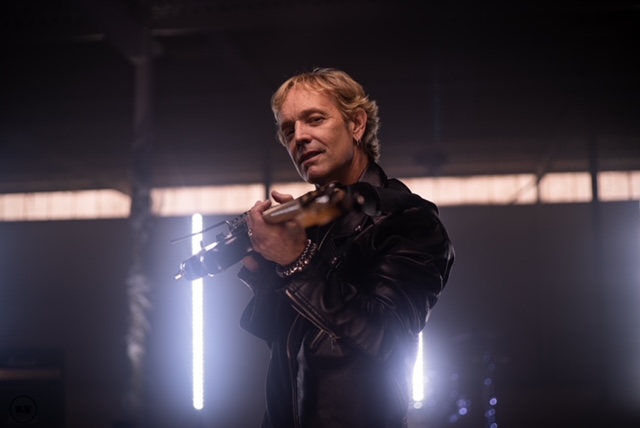
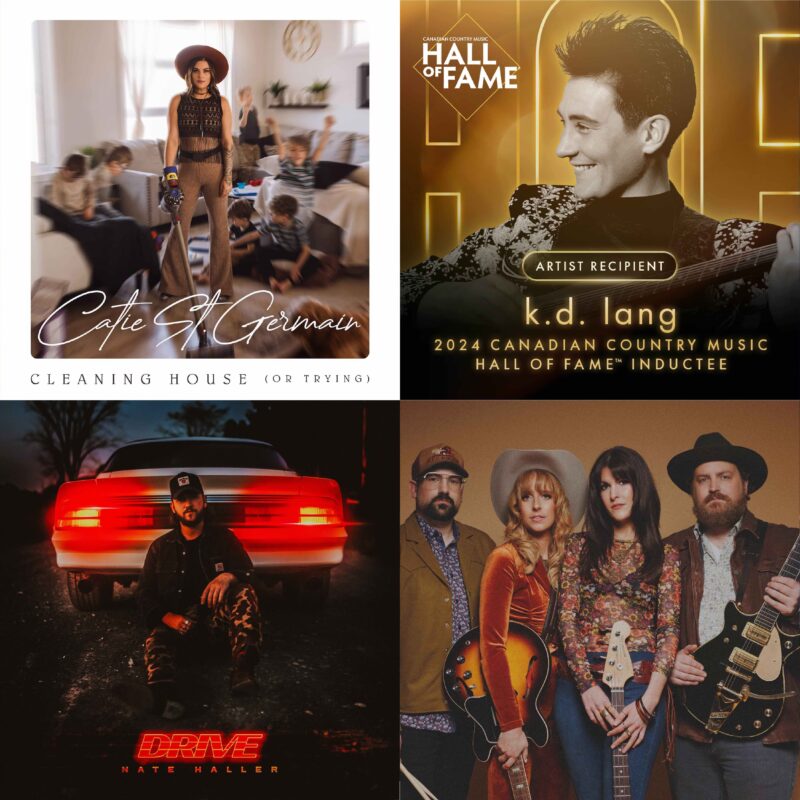
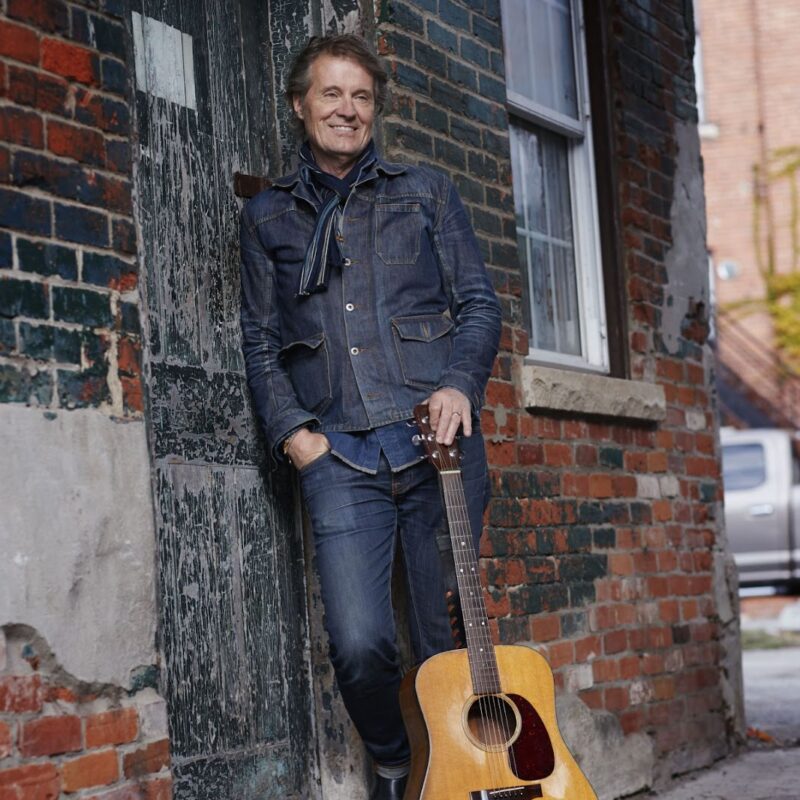

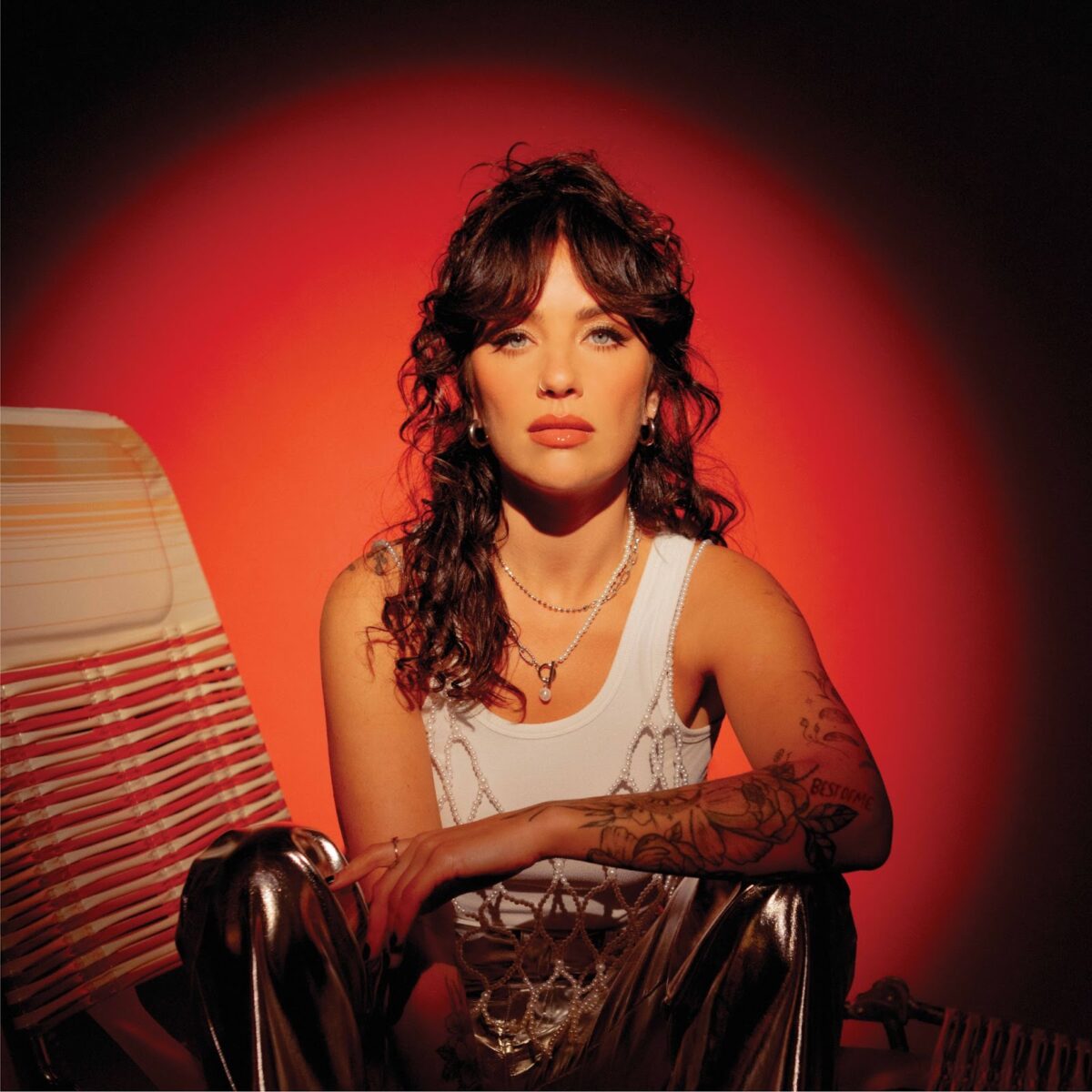
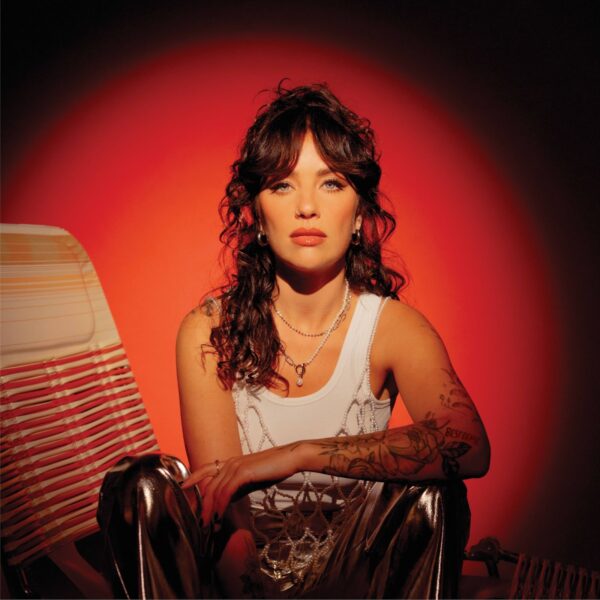
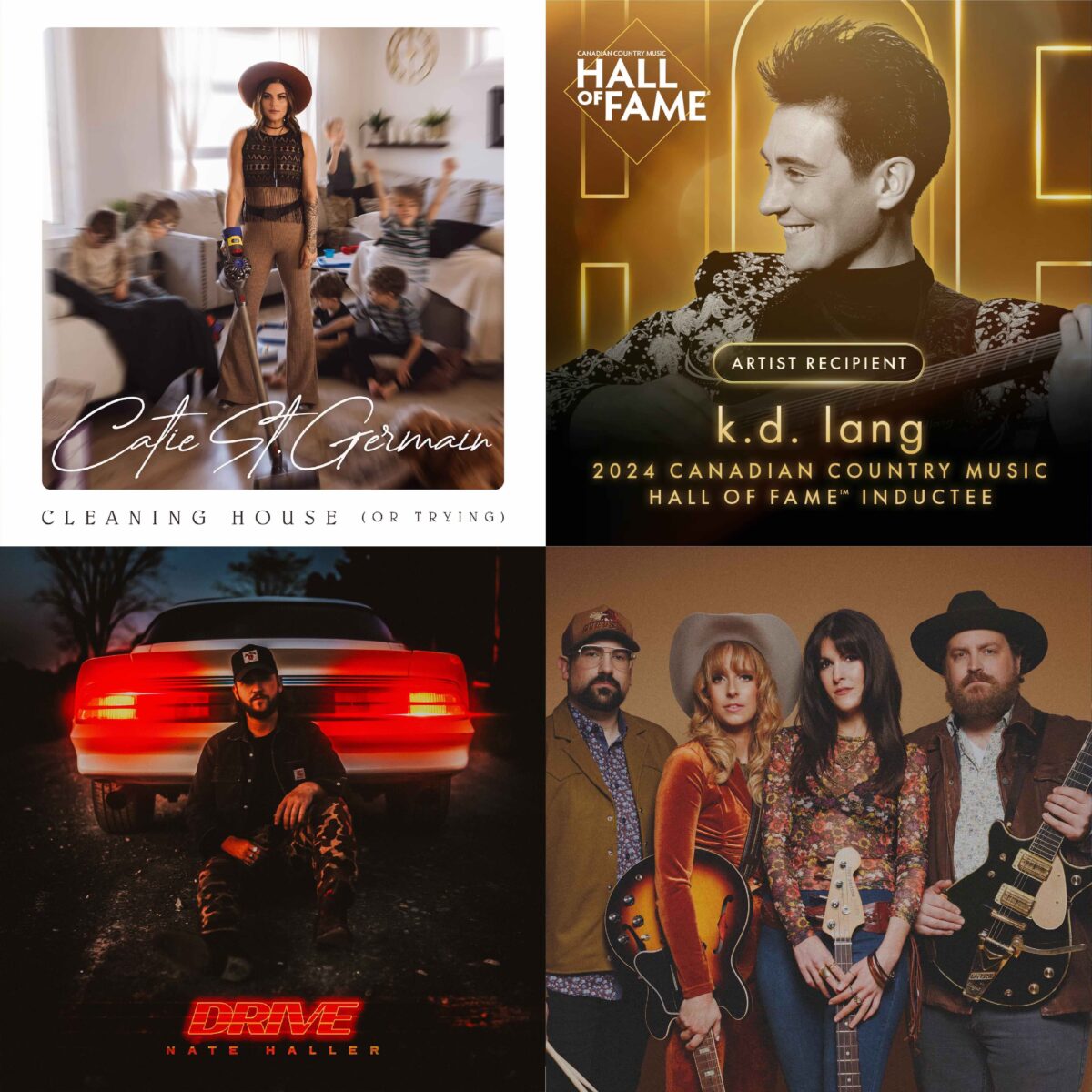
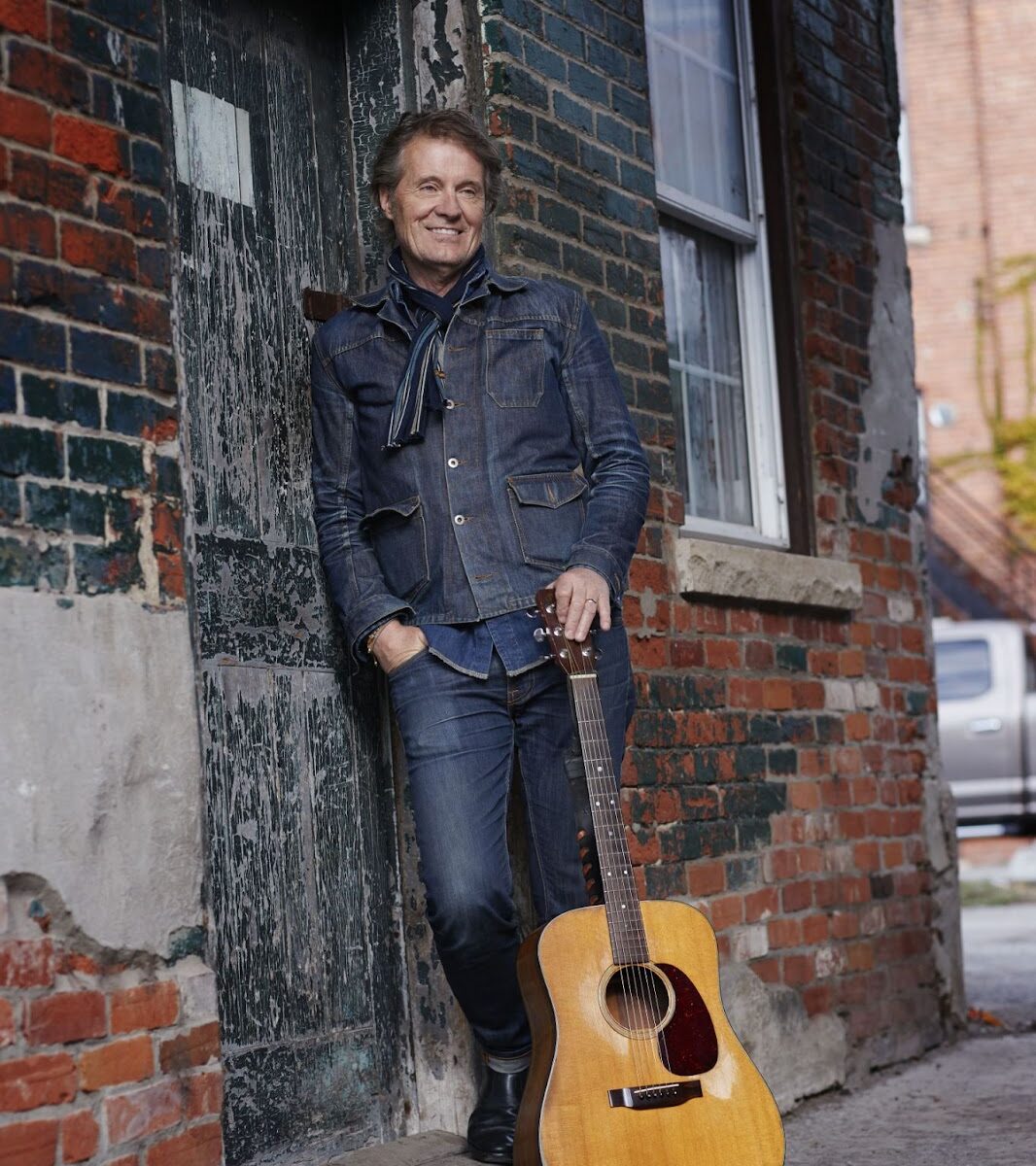

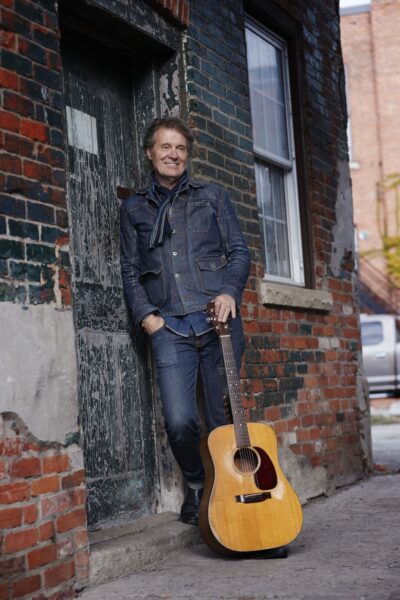

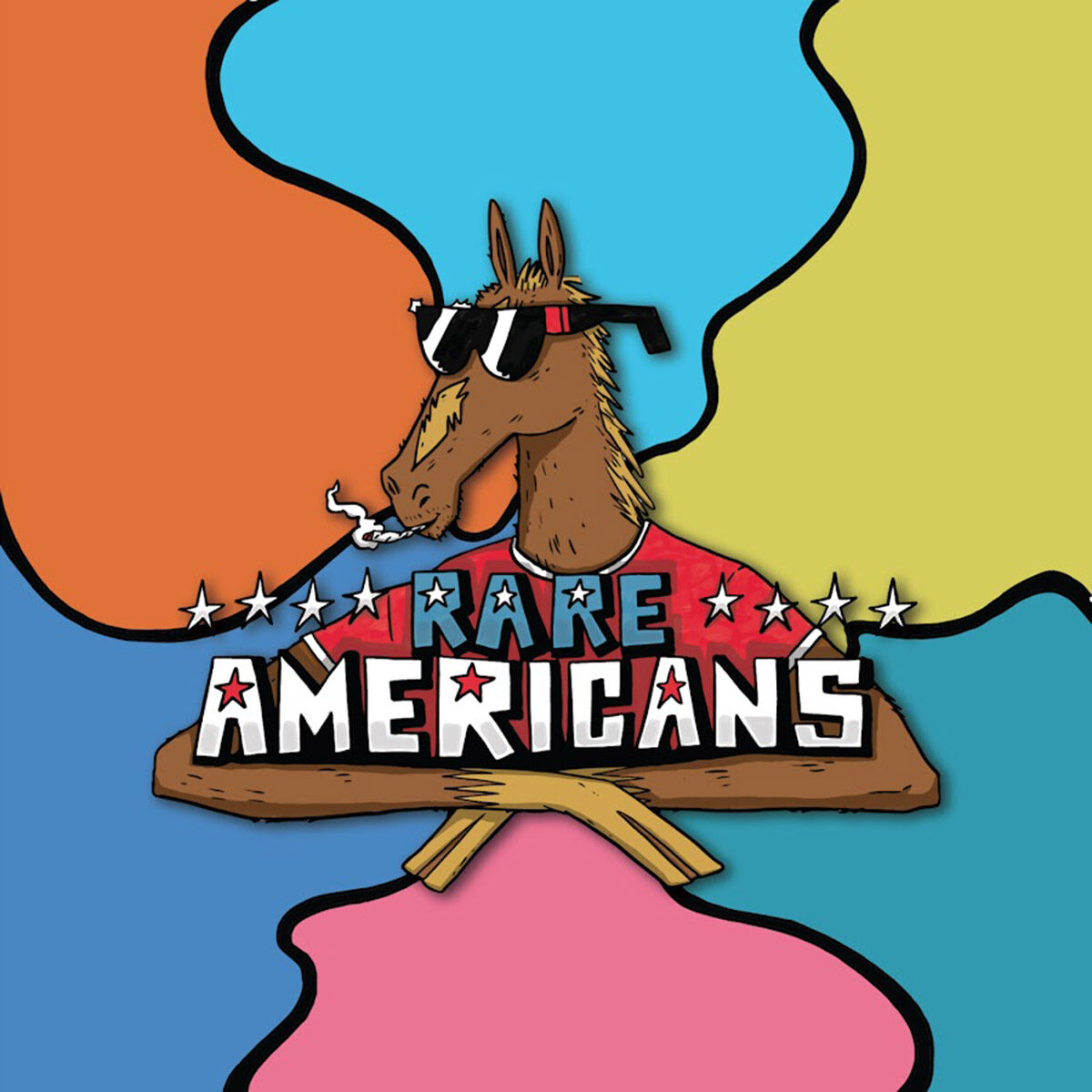

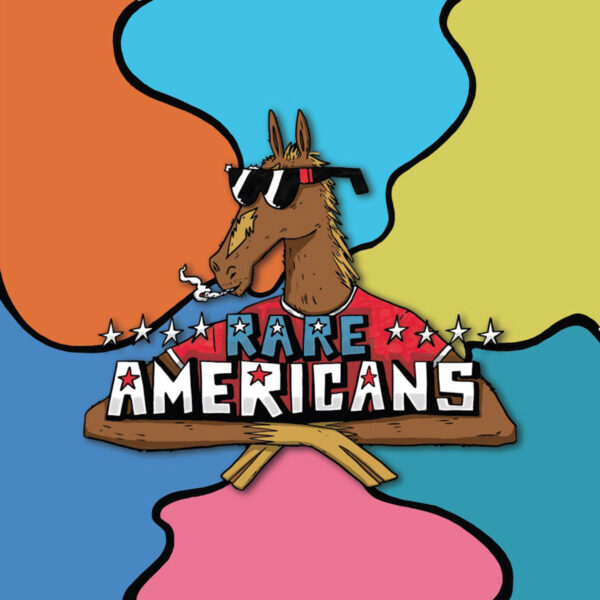
Comments are closed.